Athanasia-Lida Dimou
Neural Sign Reenactor: Deep Photorealistic Sign Language Retargeting
Sep 03, 2022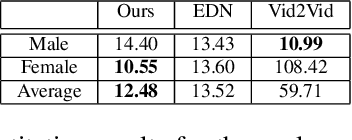
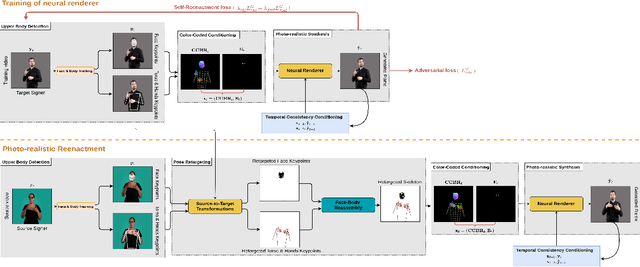
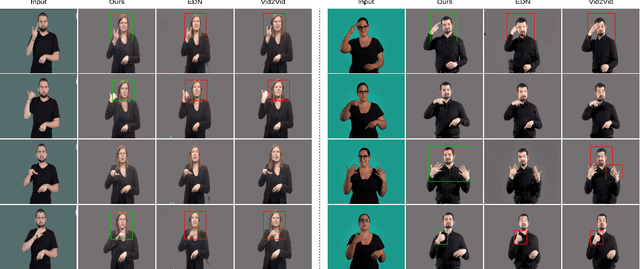
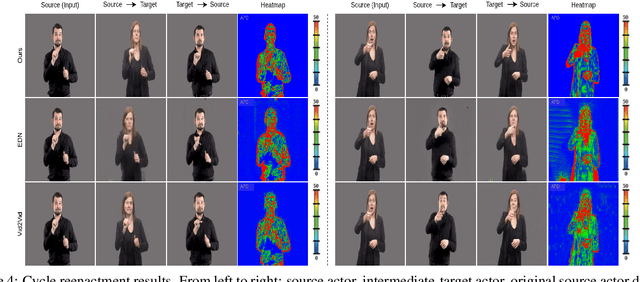
Abstract:In this paper, we introduce a neural rendering pipeline for transferring the facial expressions, head pose and body movements of one person in a source video to another in a target video. We apply our method to the challenging case of Sign Language videos: given a source video of a sign language user, we can faithfully transfer the performed manual (e.g. handshape, palm orientation, movement, location) and non-manual (e.g. eye gaze, facial expressions, head movements) signs to a target video in a photo-realistic manner. To effectively capture the aforementioned cues, which are crucial for sign language communication, we build upon an effective combination of the most robust and reliable deep learning methods for body, hand and face tracking that have been introduced lately. Using a 3D-aware representation, the estimated motions of the body parts are combined and retargeted to the target signer. They are then given as conditional input to our Video Rendering Network, which generates temporally consistent and photo-realistic videos. We conduct detailed qualitative and quantitative evaluations and comparisons, which demonstrate the effectiveness of our approach and its advantages over existing approaches. Our method yields promising results of unprecedented realism and can be used for Sign Language Anonymization. In addition, it can be readily applicable to reenactment of other types of full body activities (dancing, acting performance, exercising, etc.), as well as to the synthesis module of Sign Language Production systems.
Zero-Shot Cross-lingual Aphasia Detection using Automatic Speech Recognition
Apr 01, 2022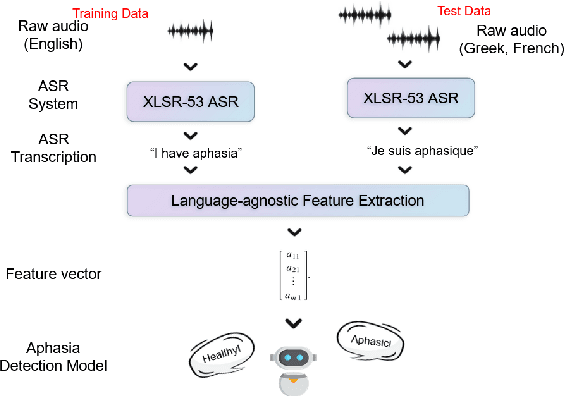
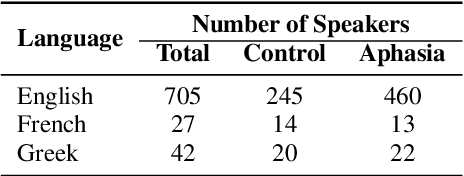
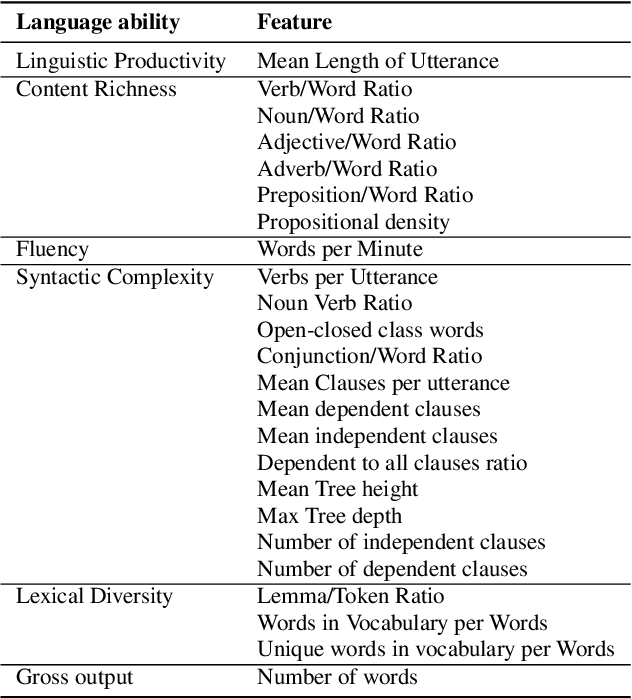
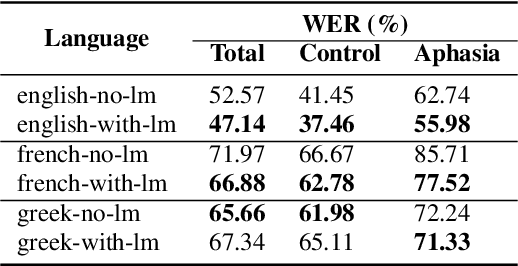
Abstract:Aphasia is a common speech and language disorder, typically caused by a brain injury or a stroke, that affects millions of people worldwide. Detecting and assessing Aphasia in patients is a difficult, time-consuming process, and numerous attempts to automate it have been made, the most successful using machine learning models trained on aphasic speech data. Like in many medical applications, aphasic speech data is scarce and the problem is exacerbated in so-called "low resource" languages, which are, for this task, most languages excluding English. We attempt to leverage available data in English and achieve zero-shot aphasia detection in low-resource languages such as Greek and French, by using language-agnostic linguistic features. Current cross-lingual aphasia detection approaches rely on manually extracted transcripts. We propose an end-to-end pipeline using pre-trained Automatic Speech Recognition (ASR) models that share cross-lingual speech representations and are fine-tuned for our desired low-resource languages. To further boost our ASR model's performance, we also combine it with a language model. We show that our ASR-based end-to-end pipeline offers comparable results to previous setups using human-annotated transcripts.
 Add to Chrome
Add to Chrome Add to Firefox
Add to Firefox Add to Edge
Add to Edge